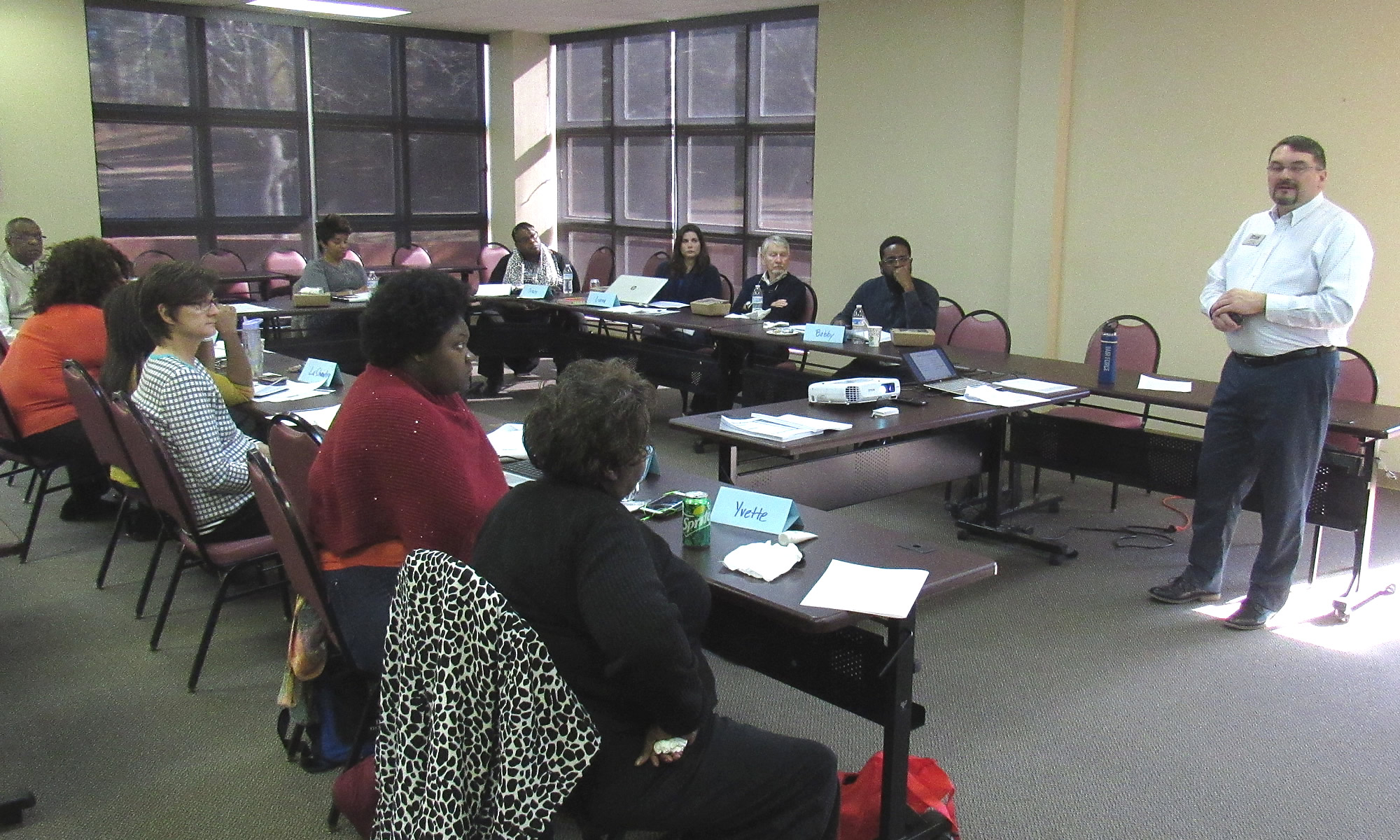An op-ed in The (Columbia, S.C.) State:
By D. Lowell Atkinson and Andy Brack
FEB. 19, 2014 — Improving the energy efficiency of your home saves you money on your utility bill.
But there are broader benefits that accrue as consumers and businesses weatherize and retrofit their homes and buildings.
For example, using less energy in the home reduces the need for government fuel subsidies, such as the Low Income Home Energy Assistance Program, a federal program that helps pay for home heating and cooling for the most vulnerable and low-income residents.
This program served more than 72,000 S.C. households in 2012, up from 18,218 households in 2009. In spite of more households receiving benefits, the state’s allocation has dropped a dramatic 44 percent over the same period. That means benefits are lower for people on the program.
Because residential weatherization and retrofits can reduce air leakage while maximizing and upgrading heating and cooling systems, investments in energy efficiency can lower energy consumption for residents. And that produces safer, healthier and more energy-efficient homes, reducing the need for the subsidies.
Another value of energy efficiency is its impact on disposable incomes. The Electric Cooperatives of South Carolina reported in 2013 that the average participant in its energy-efficiency pilot program saved $288 a year and $8,500 over the 15-year life of the improvements — after considering the typical retrofit cost of $7,684.
That means retrofitting the homes of all 72,016 S.C. recipients of the federal subsidy program would yield $59 million in savings for the government, homeowners and taxpayers. Retrofitting 225,000 homes by 2020 — a goal of the state’s electric cooperatives — would save homeowners $184 million. Most of these households would use the savings to satisfy other financial priorities and to pump money into local economies through the purchase of goods and services.
Per capita spending on electricity in South Carolina was $3,634 in 2009, according to the U.S. Department of Energy, and our state now boasts the highest average retail electricity prices in the Southeast, according to the U.S. Energy Information Administration. So imagine how much money South Carolinians would save if they embraced energy-efficiency strategies that are common in other states. Improving the energy efficiency of homes is low-hanging fruit that is spoiling because it’s not being plucked by state residents.
Boosting home energy efficiency also provides other benefits often overlooked in conventional program evaluations. Residents in energy-efficient homes experience fewer shut-offs for non-payment because their costs are lower; they don’t have to move or relocate as much because they can stay in their own home.
And utilities, governments, property owners and rate payers get reduced infrastructure costs from not having to build as many power plants. Property values increase, which boosts local tax revenues. And community pride grows as neighborhoods stabilize. Overall, society benefits thanks to more local spending, job creation and improved health.
There are environmental benefits, too. With half of our state’s power coming from nuclear plants, there would be less nuclear waste to bury. Plants would last longer. And air quality would improve because we’d burn less coal to meet routine power needs.
State government could help by adopting a statewide energy-efficiency appliance standard so that washers, dryers and refrigerators sold in stores are required to be more energy efficient overall. As conveyed in the Center for a Better South’s “Getting Greener” policy guide ( green.bettersouth.org), adopting standards for 15 kinds of equipment in states across the South would allow the region to save enough energy to fuel 10 power plants.
South Carolinians also can support energy efficiency by contributing to a residential rehab or retrofit program with local community development organizations. Donors and investors can help by financing energy-efficient homes among the underserved who have few traditional financing options. And contributors can claim a 33 percent tax credit if they invest with any of the 22 certified community development corporations or community development financial institutions in South Carolina. Learn more at communitydevelopmentsc.org.
Mr. Atkinson is a program associate at the S.C. Association of Community Development Corporations; Mr. Brack is president of the Center for a Better South. Contact them at Lowell@scacdc.net and brack@bettersouth.org.

